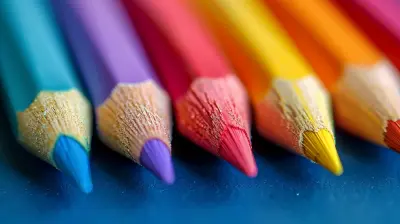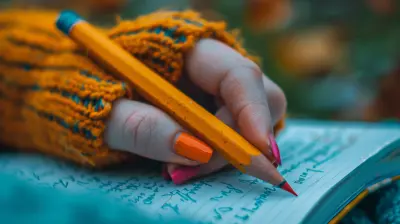How the Flipped Classroom Paves the Way for Deeper Learning
10 August 2025
Let’s face it—traditional classrooms can feel a bit...stale. You sit, you listen, you take notes, and hope you remember enough to ace the test. But what if class time could be more than just note-taking? What if learning became more engaging, more personalized, and—dare we say it—actually enjoyable?
That’s where the flipped classroom comes in. This teaching method is shaking up how students learn and how teachers teach. And here’s the kicker: it’s not just a trend. The flipped classroom is becoming a game-changer for deeper, more meaningful learning.
So, grab a coffee, get comfy, and let’s dive into how flipping the script can flip the switch on better education.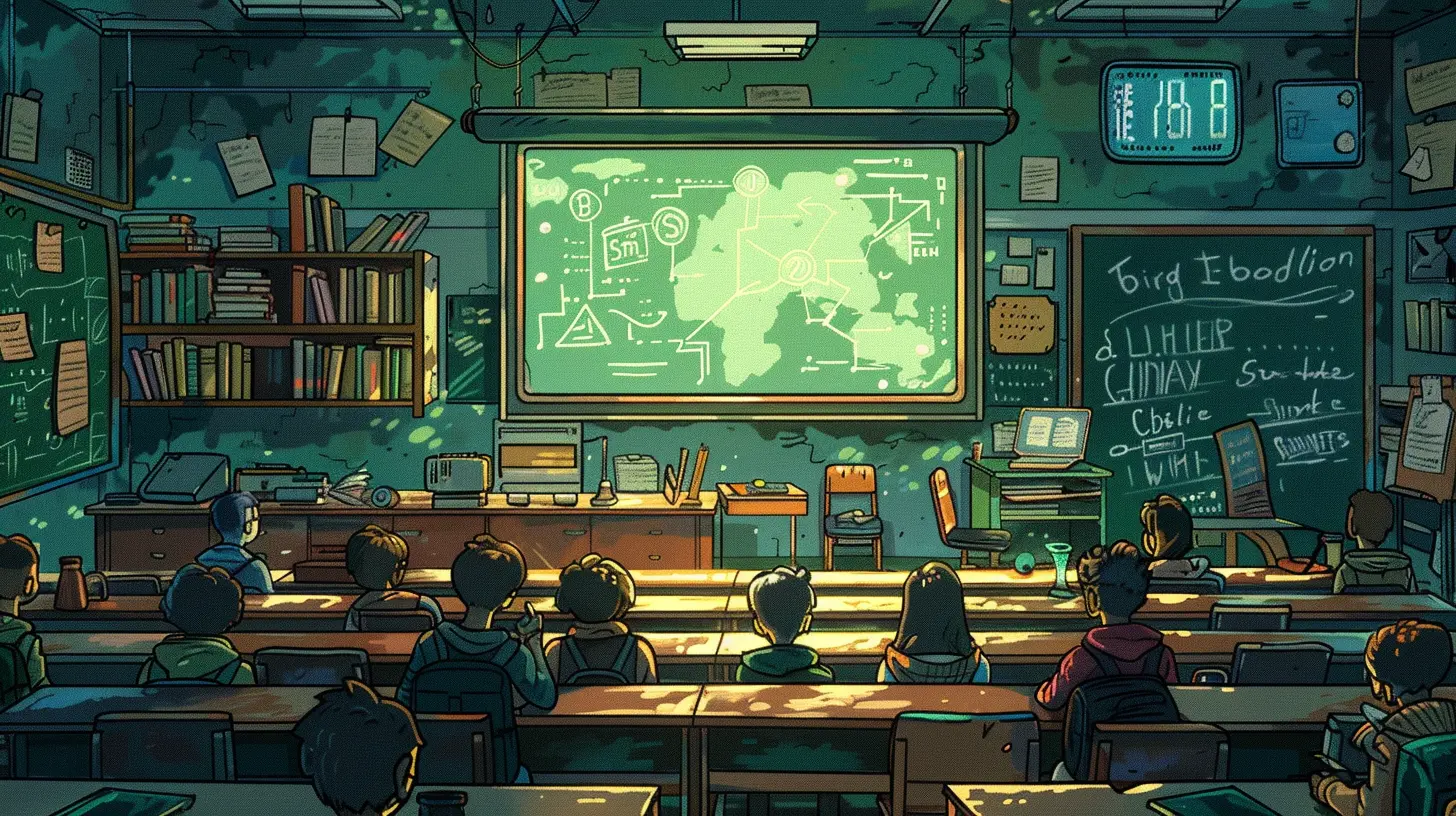
What Is a Flipped Classroom Anyway?
Okay, before we get too deep, let’s lay the groundwork.In a traditional classroom, the teacher delivers content during class, and students go home to do assignments and practice on their own. The flipped classroom does the opposite. Students engage with the content—like video lectures, podcasts, or reading materials—before coming to class. Then, during class time, they apply what they’ve learned through group work, discussions, or hands-on activities.
Think of it like watching a movie trailer before going to the theatre—you get the gist beforehand, so when you’re in the thick of it, you’re fully immersed.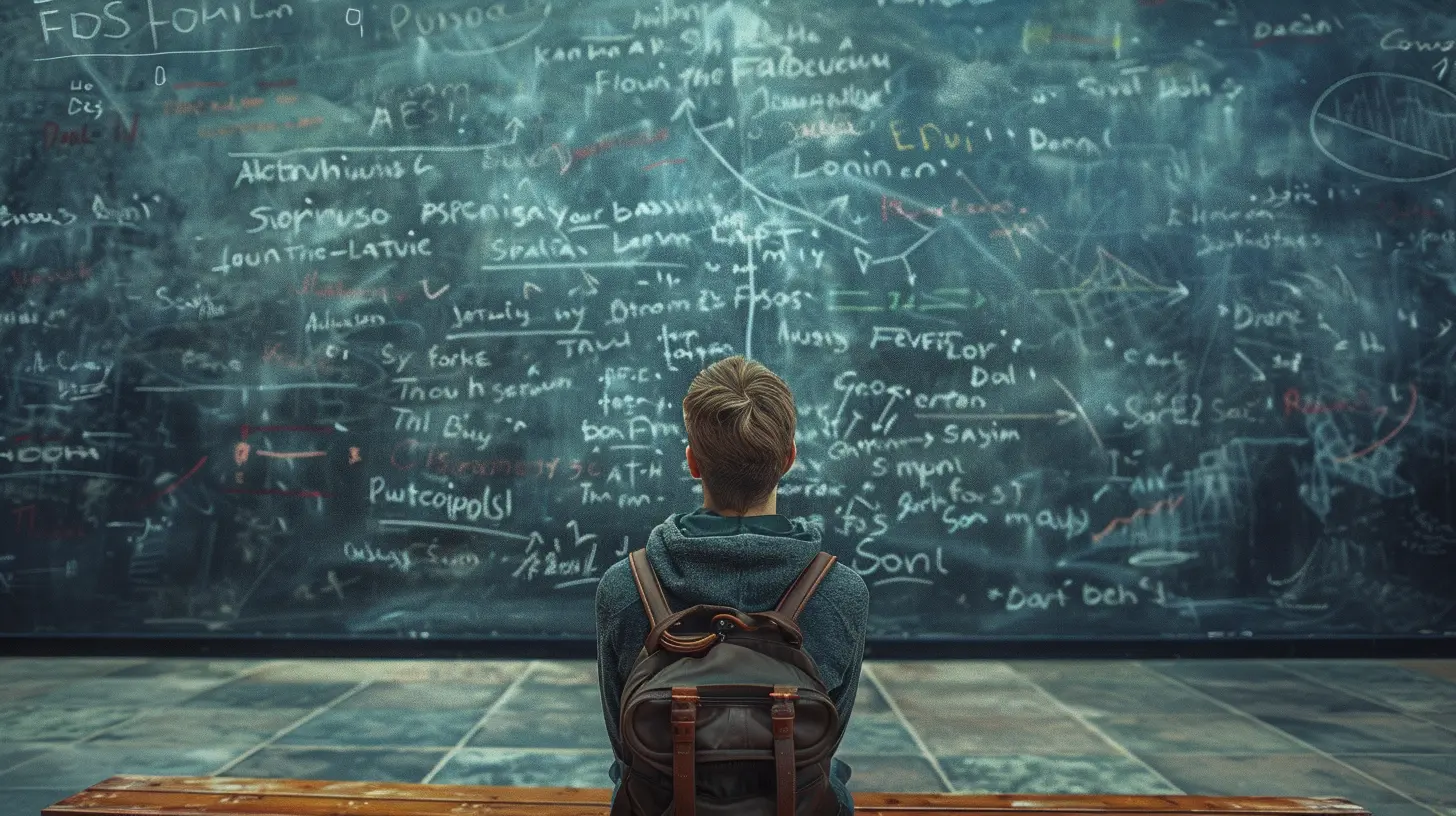
The Power Shift: From Passive to Active Learning
One of the biggest wins of the flipped model? It makes students active participants in their own education.Instead of passively listening to a lecture, students come to class equipped with a basic understanding of the topic. This opens the door for deeper conversations. It’s like going into a book club having read the book—you’re ready to dig into the good stuff and not just talk about the plot.
Engaging Students Where It Matters
During flipped classroom sessions, students get hands-on. Whether it’s solving real-world problems, collaborating with peers, or diving into case studies, the class becomes a breeding ground for critical thinking.And here’s the magic: students start to “own” their learning. They’re not just filling in blanks—they’re connecting dots, asking questions, and discovering answers for themselves.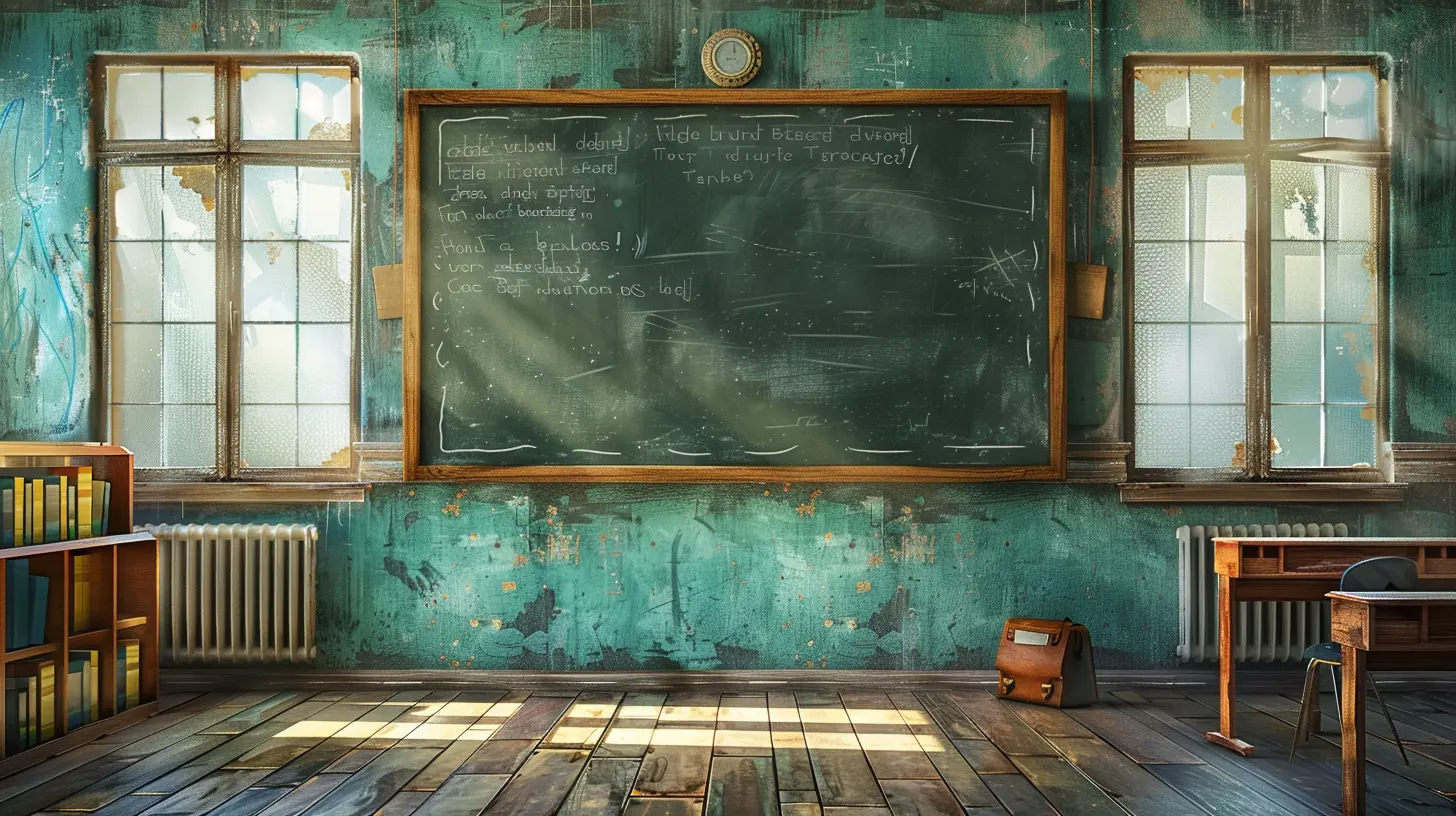
Teacher as Facilitator: The New Role
In the flipped classroom, the teacher isn't just a “sage on the stage” anymore. They become a “guide on the side.”This shift lets teachers personalize learning. Struggling student? The teacher can give one-on-one support. Advanced learner? They can tackle more challenging material at their own pace.
It’s not about teaching to the middle anymore. It’s about meeting every student where they are.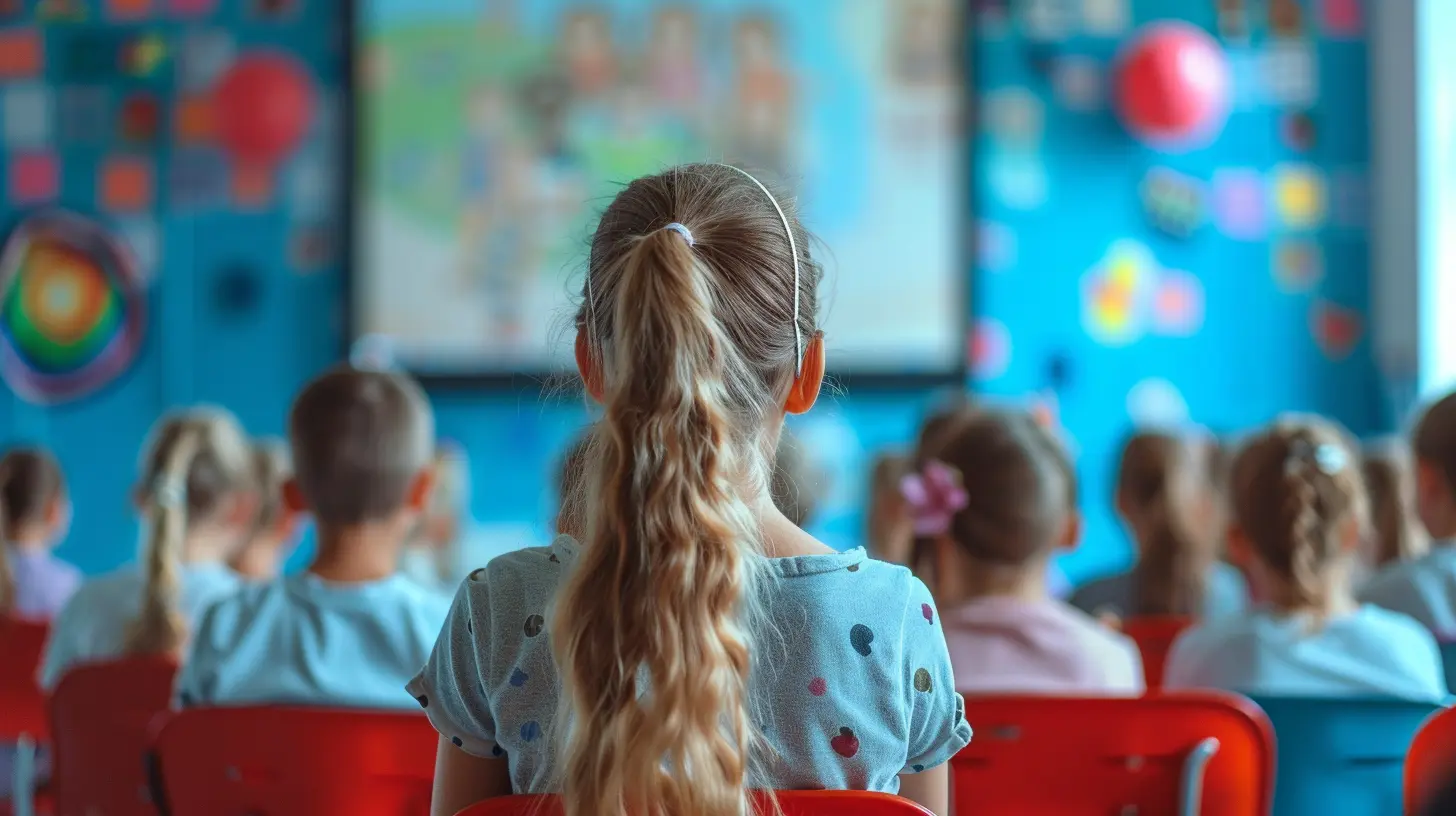
Real-Life Skills? Yes, Please!
Let’s talk about transferable skills. You know, the ones that matter long after the final exam?Communication, Collaboration, and Critical Thinking
The flipped model encourages students to talk, share, challenge ideas, and work together. These soft skills are gold in the real world—whether you’re managing a team or pitching a new idea.Group work, peer feedback, and classroom debates become the norm. Instead of memorization, students dig into why things work, and how to apply them across contexts.
Flexibility and Freedom
Another reason students (and teachers) love the flipped classroom? Flexibility.Learn at Your Own Pace
Pre-class materials are often videos or digital content that students can pause, rewind, or revisit anytime. Missed something? No problem—just hit replay.This is especially helpful for students with different learning styles or those juggling busy schedules. The classroom becomes more inclusive, allowing everyone to learn in a way that suits them best.
More Time for What Matters
When the lecture moves out of the classroom, all that saved time can now be used for doing. Solving problems. Debating issues. Building projects. The stuff that actually cements learning.Technology: Not the Star, Just the Sidekick
Yes, the flipped classroom leans heavily on technology. But here’s the key: tech supports learning—it doesn’t drive it.Tools like video platforms, learning management systems, and interactive quizzes are just that—tools. They help facilitate access and engagement but don't replace good teaching.
So no, you don’t need to be a tech wizard to flip your classroom. You just need to be willing to rethink the way you teach.
Does It Really Work? Let’s Talk Results
You’re probably wondering by now—does the flipped classroom actually boost learning outcomes?Research says yes.
Several studies show that students in flipped classrooms perform better academically compared to those in traditional setups. But it’s not just about test scores.
Students report higher satisfaction, increased motivation, and more confidence in tackling complex material. Teachers also find themselves more connected to their students and more engaged with their content. It’s a win-win.
Challenges? Sure, But They’re Manageable
Let’s not sugarcoat it—flipping a classroom comes with its own set of hurdles.Time-Consuming Prep
Creating quality pre-class content takes time. Teachers need to plan, record, and organize materials in a way that's accessible and engaging. But once done, it's a resource that can be reused and refined.Student Accountability
One potential snag? Not every student will watch the videos or do the pre-class work.Solution? Keep check-ins simple and consistent: short quizzes, quick reflections, or discussion posts. When students know there’s accountability, participation shoots up.
Ready to Flip the Script?
If you’re an educator, the flipped classroom might feel like a leap. But trust us, it’s one worth taking.You don’t have to go all in from day one. Start small—flip a single lesson or a single unit. See what works, tweak what doesn’t, and build from there.
If you’re a student—embrace the change. You might find yourself learning more, engaging more, and even enjoying the process.
Summary: Why the Flipped Classroom Works
Let’s wrap it up with a quick recap:- Students consume content at home, freeing up class time for deeper learning.
- Learning becomes active, collaborative, and engaging.
- Teachers shift from lecturers to learning coaches.
- It promotes self-paced learning, inclusivity, and soft skill development.
- When done right, it leads to better outcomes across the board.
The flipped classroom isn’t a magic bullet, but it is a powerful tool. And in a world that needs agile, critical thinkers more than ever, flipping the classroom might just be the smartest move we can make.
Final Thoughts
Deep learning doesn’t happen by accident. It takes time, effort, and the right environment. The flipped classroom creates that space—where students can struggle, explore, and learn in ways that stick.So, if we’re serious about preparing learners for a complex, fast-changing world, maybe it’s time we looked at learning from a different angle. Flip it, twist it, and most of all—make it real.
all images in this post were generated using AI tools
Category:
Flipped ClassroomAuthor:

Eva Barker
Discussion
rate this article
1 comments
Joy Franklin
Embracing the flipped classroom transforms education, empowering students to take charge of their learning journey. This innovative approach nurtures critical thinking, collaboration, and deeper understanding—unlocking boundless potential for every learner!
August 31, 2025 at 4:41 AM

Eva Barker
Thank you for your insightful comment! The flipped classroom truly is a powerful method that fosters student autonomy and enhances critical skills. I'm glad you see its potential!
